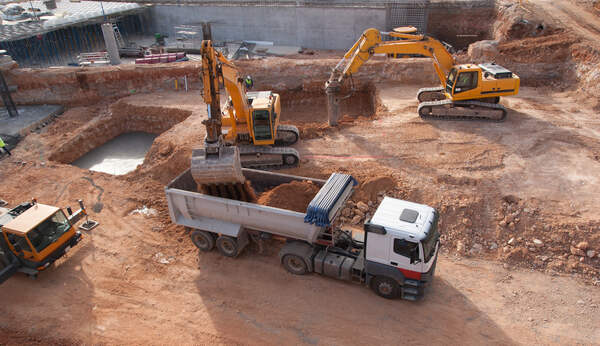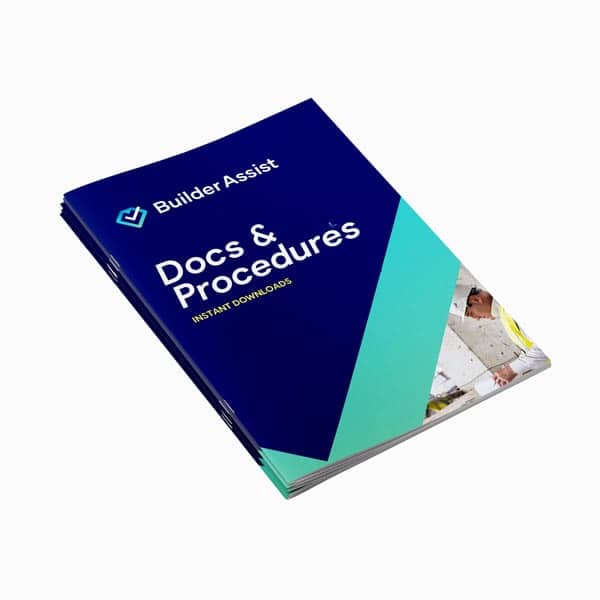
Excavation work is an essential part of many construction projects, but it comes with its own set of risks.
From trench collapses to the exposure of underground utilities, the hazards are real and significant. However, with the right safety practices in place, these risks can be effectively managed.
Below, we’ve covered the top 10 excavation work safety tips that every worker should know. Whether you’re new to the field or a seasoned professional, these tips will help you stay safe on-site.

Excavation work comes with inherent risks, but by following these top 10 safety tips, you can significantly reduce those risks and create a safer work environment for everyone involved.
1. Establish a Safety Management Plan (SMP)
Before starting any excavation work, it’s crucial to have a comprehensive Safety Management Plan (SMP) in place. This Plan outlines all the safety procedures, potential hazards, and emergency protocols that should be followed on-site. An SMP serves as a roadmap for maintaining safety throughout the project.
Incorporating a Safety Management Plan specific to excavation work ensures that everyone on-site is aware of the risks and how to handle them. It also helps to meet regulatory requirements and provides a clear framework for managing safety.
If you require a Safety Management Plan for excavation work today, you can instantly download a template here. It’s developed by industry-leading professionals and covers all required aspects of safety related to excavation work.
2. Conduct a Thorough Site Assessment
A proper site assessment is the foundation of safe excavation work. Before digging begins, the site must be inspected for potential hazards such as underground utilities, soil conditions, and the proximity of structures that could be affected by the excavation.
This assessment should involve reviewing existing plans, conducting physical inspections, and using tools like ground-penetrating radar to identify hidden risks. By knowing what lies beneath the surface, you can take the necessary precautions to prevent accidents.
3. Use Protective Systems
Protective systems are essential for safeguarding workers from cave-ins and other hazards associated with excavation work. These systems include shoring, shielding, and sloping, all designed to provide structural support and prevent collapses.
Choosing the right protective system depends on factors like soil type, depth of the excavation, and surrounding environment. It’s important to install these systems correctly and regularly inspect them to ensure they remain effective.
4. Provide Proper Training
Training is a key element in maintaining safety during excavation work. All workers should receive comprehensive training on excavation hazards, the proper use of equipment, and emergency procedures. This training should be tailored to the specific tasks they perform.
Regular refresher courses are also essential. They keep workers updated on the latest safety practices and technologies. Well-trained workers are better equipped to identify risks and take appropriate action to avoid accidents.
5. Mark and Isolate Utilities
One of the biggest dangers in excavation work is striking underground utilities such as gas lines, electrical cables, or water pipes. To prevent this, always locate and mark all utilities before starting work. This can be done using utility maps, physical markers, and specialized detection equipment.
Once utilities are identified, they should be isolated or protected as needed. This step prevents damage to utilities and protects workers from potentially life-threatening situations.
6. Monitor Atmospheric Conditions
In enclosed or deep excavation sites, the air quality can become compromised, leading to dangerous conditions like oxygen deficiency or the buildup of toxic gases. It’s essential to monitor the atmosphere regularly, especially in confined spaces.
Using gas detectors and other monitoring equipment can help identify hazardous conditions before they become a problem. If unsafe levels are detected, work should stop immediately until the situation is rectified.
7. Implement Traffic Control Measures
Excavation sites are often busy with heavy machinery and vehicles moving in and out. To prevent accidents, it’s important to establish clear traffic control measures. This includes setting up barriers, signage, and designated pathways for vehicles and pedestrians.
Effective traffic management not only protects workers but also prevents damage to structures and equipment. Make sure that all workers are aware of the traffic plan and adhere to it strictly.
8. Maintain Proper Communication
Clear communication is vital on any construction site, but it’s especially important during excavation work. Establishing a communication plan ensures that all team members are informed of the day’s tasks, potential hazards, and emergency procedures.
Using radios or other communication devices can help maintain contact between workers in different areas of the site. Regular meetings or briefings at the start of each day can also ensure that everyone is on the same page.
9. Prepare for Emergencies
Even with the best safety practices in place, emergencies can happen. That’s why it’s crucial to have an emergency response plan tailored to the specific risks of the excavation site. This plan should include procedures for dealing with cave-ins, utility strikes, or hazardous atmosphere exposure.
Emergency equipment such as first aid kits, breathing apparatus, and rescue tools should be easily accessible on-site. Regular drills can help all workers know what to do in the event of an emergency.
10. Regularly Inspect the Site
Finally, regular site inspections are essential for maintaining safety throughout the excavation process. These inspections should be conducted by a competent person who can identify potential hazards and recommend corrective actions.
Inspections should be done daily and after any significant changes to the site, such as heavy rain or the addition of new equipment. By staying vigilant, you can catch problems early and prevent them from escalating.
Prioritise Safety on Every Job
Excavation work comes with inherent risks, but by following these top 10 safety tips, you can significantly reduce those risks and create a safer work environment for everyone involved. Whether it’s establishing a Safety Management Plan, using protective systems, or ensuring clear communication, each step plays a vital role in keeping your team safe.
For a comprehensive Excavation Management Plan template and other important safety and quality control documentation for excavation work, visit Excavation Documentation.



